Often with behavioral profiles like DISC, being able to apply the concept to something you already know, helps to quickly understand it. If you are familiar with Harry Potter, then this is an excellent platform to better get to know DISC behavioral profiling. Whether you grew up with Harry Potter, or just read it to your kids, if you have read the first book DISC will soon become clear. Remember DISC is a Behavioral Profile. It is not all you are. People are far more complex than a D, I, S or C, (or a Hogwarts house). But DISC can tell you about how you behave in a given environment.
DISC is the Sorting Ceremony
When you arrive at Hogwarts, you are immediately sorted into your Hogwarts house by the sorting hat. Think of the sorting hat as your AthleteDISC, CoachDISC or Sports ManagerDISC survey. Your survey will sort you into the four DISC elements.
In Harry Potter, just because someone is placed in a certain House does not mean that they cannot display characteristics of other Houses (remember the sorting hat wanted to put Harry in Slytherin!) This is similar to DISC. With DISC you are measured on a scale for each of the four DISC styles. For example, this would be like the sorting hat saying you have a high amount of Slytherin, high amount of Hufflepuff, low amount of Ravenclaw and Gryffindor.
It must be remembered that all of the Houses have their virtues and flaws: none are inherently good or evil, just like there are no good or bad DISC Profiles, it’s what you do with what you have that counts.

“It is our choices, Harry, that show us who we truly are, far more than our abilities.”
Albus Dumbledore
Now the Hogwarts Houses aren’t exactly like the four DISC styles, but some of the behaviors the students in the houses typically exhibit are very similar to the DISC style behaviors.
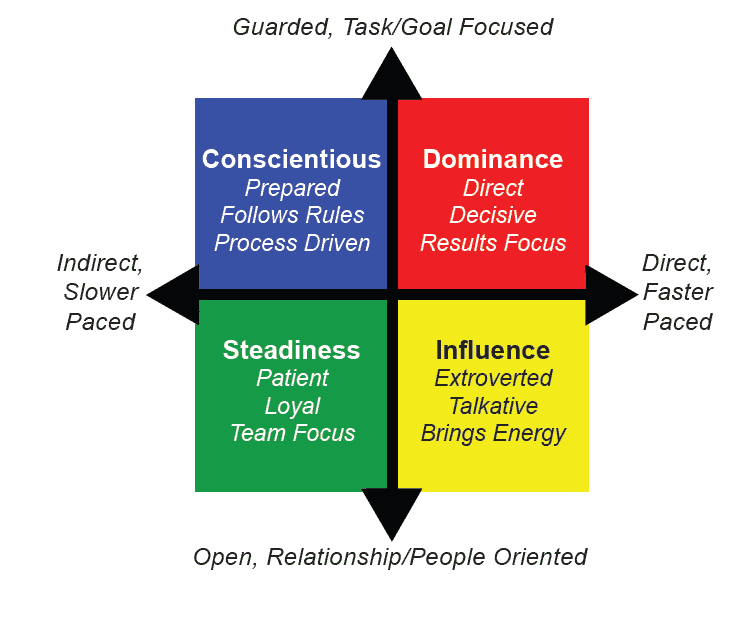

Dominant Style are the Slytherins
Similar Characteristics: Like to be #1 and in charge, often guarded, and focused on the task and goal to be achieved.
The Dominance Style individuals on your team and Slytherins share similar motivations. They like to be in charge, and they like to win. Slytherin’s like D’s, want to sort out issues straight away, and enjoy positions of leadership. D’s are also guarded individuals, just like Slytherin’s.
Example: Be it Snape, or Malfoy, you will find that many of the Slytherin characters are guarded.

Influencers are the Gryffindors
Similar Characteristics: People -orientated and fast paced. Motivated by their reputation and how they appear to others. A high Influence Style on you DISC Profile is a bit like being a Gryffindor at Hogwarts. They are generally open rather than guarded, and like to move at a fast pace. Gryffindors are people motivated, like the I’s, this means that they prioritize relationships over tasks. Gryffindors throw themselves wholeheartedly into whatever they are doing. They can also have a tendency towards impatience, preferring to get things done quickly and move on…
Example: Throwing themselves wholeheartedly into situations? See Harry’s adventures in books 1-7.

Hufflepuffs are the Steadiness Style
Similar Characteristics: Are hardworking and humble, slower-paced and people -orientated.
The similarities between the Hufflepuffs and the Steadiness style are the most obvious of the four Houses. Steadiness Style Athletes like stability, hard work, and are often humble. This is so similar to the patient and perseverant nature of the average Hufflepuff. Although they may not be as loud as the Gryffindors or Slytherins, they are the glue that holds Hogwarts together. In your team the Steady Style Athletes are the ones with their heads down, doing the hard work which can go unnoticed.
Example: The humble but hard working Cedric Diggory was the quintessential Hufflepuff.

The Ravenclaws are your Conscientious Style Athletes
Similar Characteristics: Value logic, knowledge and facts.
The High Conscientious Style athletes are your Ravenclaws. C’s like Ravenclaws, like knowledge, facts, and are often perfectionists. They prefer a slower pace, than the Gryffindors (for example). The Conscientious style athletes like to ensure that a process is done right. Unlike the Gryffindors (I’s) they won’t rush into something without thinking it through. Ravenclaws like the Conscientious Athletes like to contemplate and thinks about the “why’s and how’s” always preferring to have a plan to manage situations they are confronted by.
Example: Luna Lovegood saw the big picture, and as the typical Ravenclaw enjoyed contemplating ideas.
Why certain houses get along
The similarities with DISC and the Hogwarts Houses extend to which houses get along, and which houses often find themselves in conflict. For example, Slytherins and Gryffindors have the most legendary rivalry. You could say that the source of their conflict is over their priorities. Gryffindors are very people -orientated whilst the Slytherins’ tend to pursue goals with less concern for relationships or feelings. However Slytherins get along quite well with Ravenclaws (they share their goal focus and guarded nature), while Gryffindors and Hufflepuffs get along well as they are both people -orientated.
Why use DISC
Now what is the advantage to knowing your DISC style or Hogwarts house? Well imagine if the teachers at Hogwarts catered their lessons to who they were teaching. That they gave the Ravenclaws hard facts to work with, and didn’t rush them on their work. That they ensured that the Slytherin’s were given praise for their work, and the Gryffindors given lots of hands on activities, and concise data. If the Hufflepuffs were given stable group work.
If this was the case would the students have learnt better?
It is the same in coaching. If you can tailor your coaching style and communication to your athlete’s specific needs, they will learn faster, be more engaged and improve their performance.
If you would like to find out more about DISC behavioral profiling, see our articles on DISC Theory and Application.
At Athlete Assessments, we’re here to provide you with excellence in service and here to help you be your best. If there is anything we can assist you with, please Contact Us.
Recommended Articles
By Bo Hanson - 4x Olympian, Coaching Consultant & Director of Athlete AssessmentsOne of the hallmarks of successful athletes, teams and coaches, is their ability to make effective decisions across a range of challenging environments. These…
Four Letter Words for Greater Understanding By Bo Hanson & Kate Ross, Athlete AssessmentsIn recent articles we have begun to explore how you can recognize the DISC Behavioral Patterns through observation of various TV show characters. Our…
By Bo Hanson - 4x Olympian, Coaching Consultant & Director of Athlete AssessmentsIn previous articles on Sport Psychology and the Mental Game in sport, we have touched on the concept of goal setting. Whether you are…
Which “Four Letter Word” is More Useful in Sport? While there is a little humor in the title of this article, at Athlete Assessments we believe it’s always best to share knowledge. We are regularly asked about the different types of profiling, assessments, and other development tools available in sport (and business) and how they compare to our own use of the DISC Assessment. Most commonly, we are asked to compare MBTI and DISC.


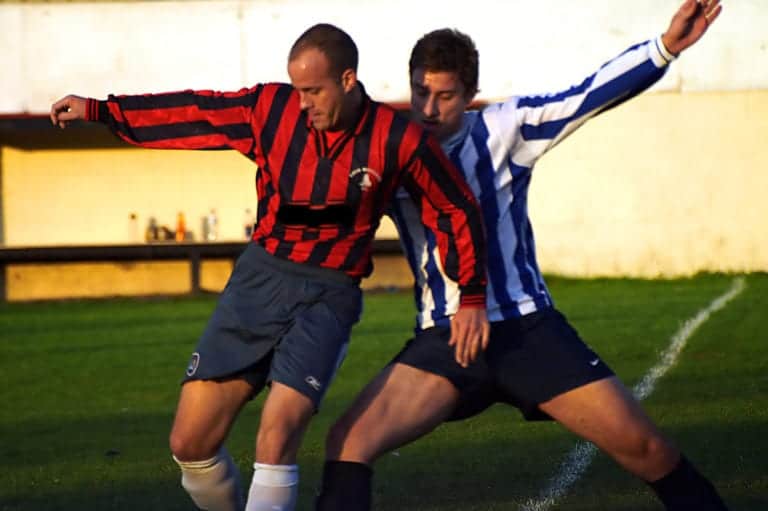

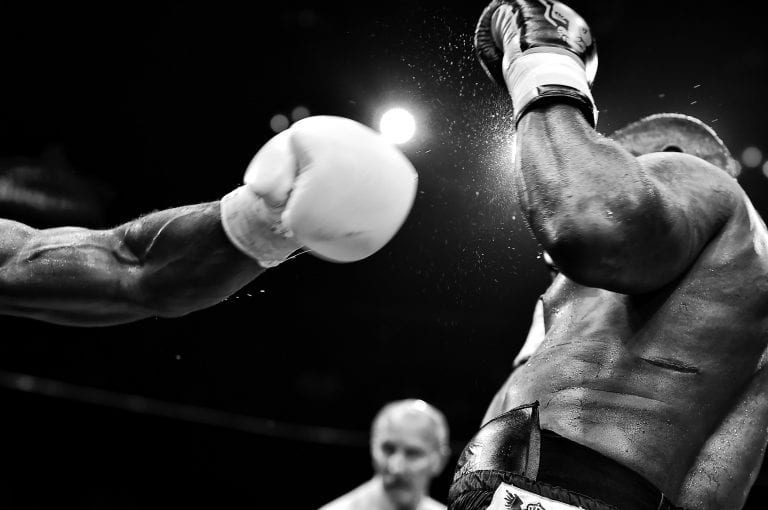
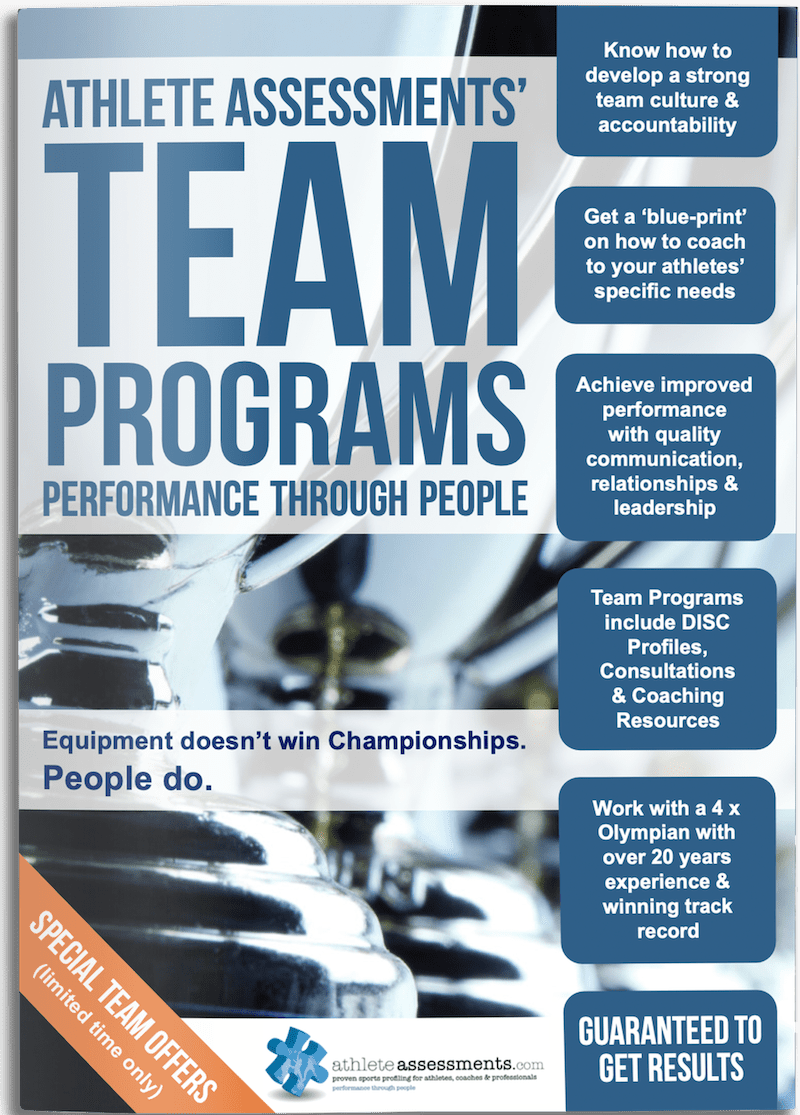
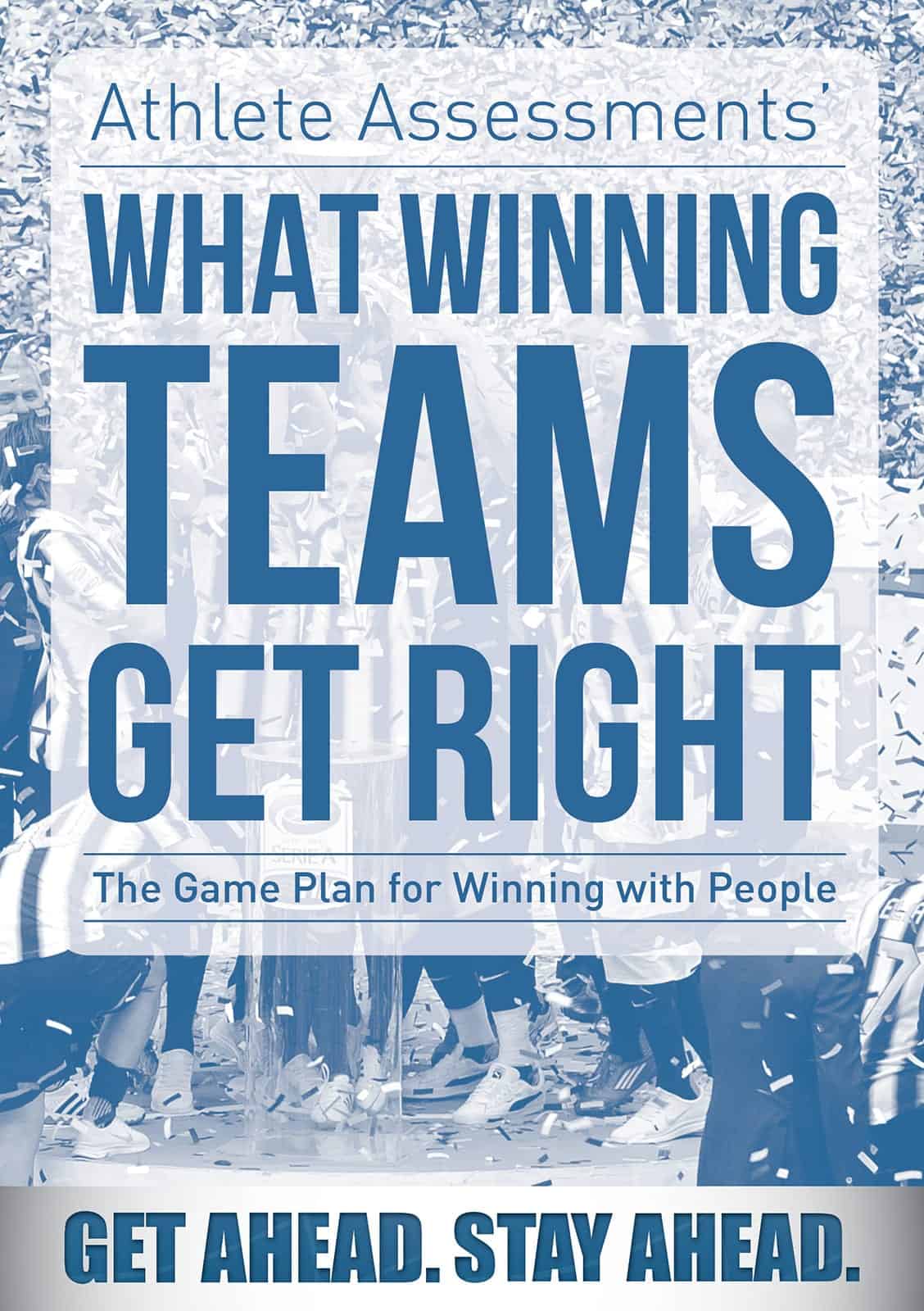

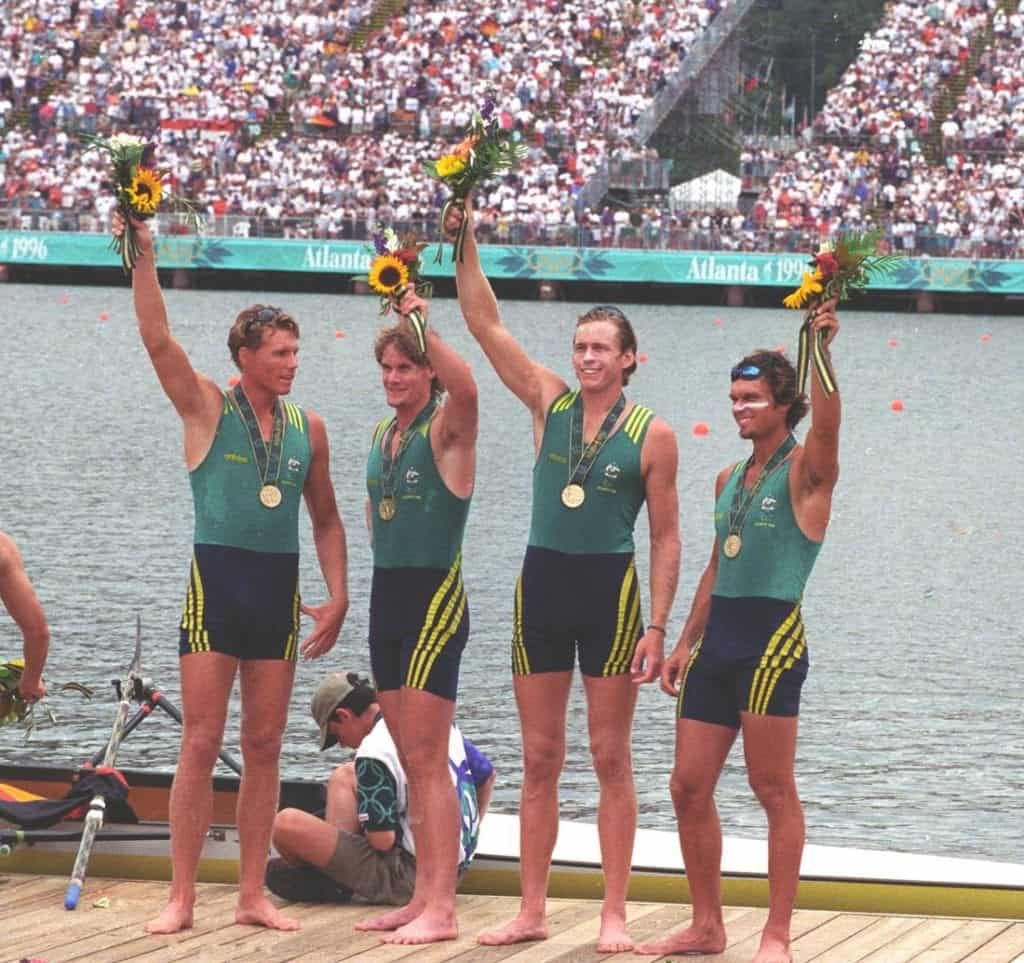
1 thought on “How DISC is like the Hogwarts Houses”
Pingback: Les profils associés aux maisons de Poudlard – PROFIL 4